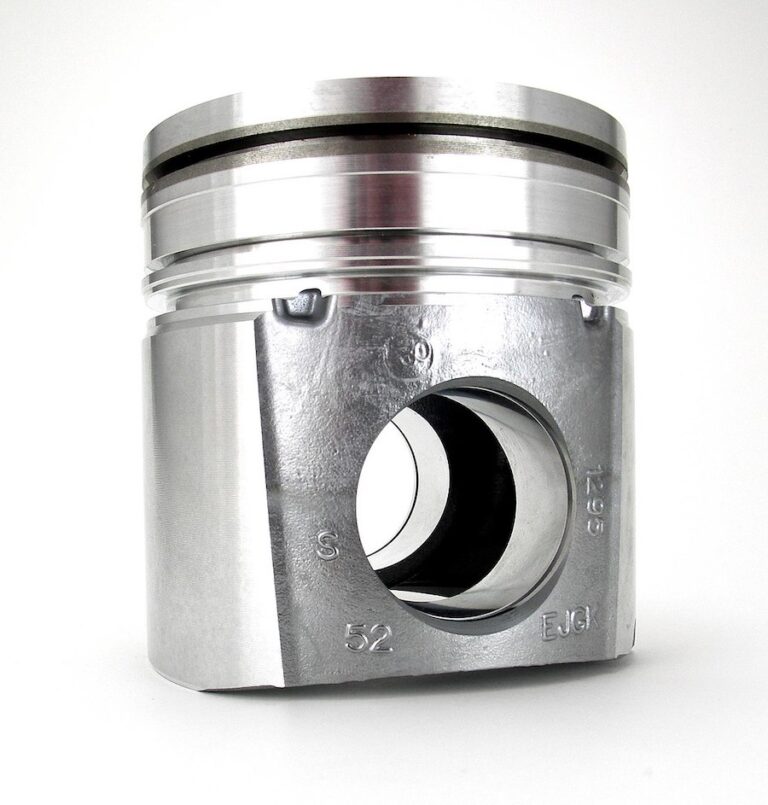In the world of internal combustion engines, efficiency is everything. Every component plays a critical role in ensuring that fuel is converted into power as efficiently as possible, and few parts are more important in this respect than the piston. In this post, we delve into the science of piston design, exploring how it contributes to maximizing combustion efficiency.
The Role of the Piston
The piston is a cylindrical component that moves up and down within the cylinder of an engine. It serves several essential functions, including converting the expanding gases following combustion into mechanical energy, transferring this energy to the crankshaft, and helping to expel exhaust gases from the cylinder.
The Science of Piston Design
Designing a piston that maximizes combustion efficiency involves careful consideration of several factors, including the shape, material, and various features of the piston. Here is a closer look at some of these elements:
Piston Shape
The shape of the piston head plays a significant role in combustion efficiency. A flat piston head often results in a faster and more complete burn of the air-fuel mixture, as it helps to prevent the mixture from detonating prematurely. On the other hand, pistons with a concave or ‘dished’ head can help to increase the compression ratio, which can lead to greater power output. However, this must be carefully balanced, as too high of a compression ratio can lead to engine knocking.
Piston Material
The choice of material for a piston can also significantly impact combustion efficiency. High-performance alloys, such as forged aluminum, offer superior heat resistance and strength, allowing the piston to withstand the intense heat and pressure generated during combustion. These materials also dissipate heat more effectively, helping to maintain optimal operating temperatures and prevent engine damage.
Piston Features
Various features can be incorporated into piston design to optimize combustion efficiency. These include:
- Piston Rings: These rings create a seal between the piston and cylinder wall, preventing combustion gases from escaping and ensuring maximum power output.
- Piston Skirts: The skirt of the piston helps to guide it as it moves within the cylinder, reducing friction and wear. Some high-performance pistons feature shorter skirts, which reduce weight and improve engine response.
Piston Domes and Valve Reliefs: The dome of a piston can be shaped to optimize the combustion process, while valve reliefs (cutaways in the piston head) allow for larger valves or higher lift camshafts, both of which can improve airflow and combustion efficiency.
Innovations in Piston Design
The quest for greater combustion efficiency has led to numerous innovations in piston design. For example, asymmetric piston skirts, which feature a shorter skirt on the thrust side, can reduce friction without compromising strength.
Similarly, advancements in piston ring technology, such as gas nitrided steel rings, offer superior heat resistance and durability, further enhancing combustion efficiency.
Conclusion
The science of piston design is complex and fascinating, with every aspect of the piston’s design playing a crucial role in maximizing combustion efficiency. As technology continues to advance, we can expect to see even more innovative and efficient piston designs in the future, pushing the boundaries of engine performance and efficiency.

A top ranking student throughout, Akshay joined the family business right after graduation in 2006. After working for over 10 years in Agra Engineering Co, he decided to start his own company. Now as a partner in this new company he looks after business development and vendor management. A keen fitness enthusiast he tries new forms of exercise – crossfit, calisthenics, pilates, yoga and swimming. He’s an avid golfer as well – one of his many hobbies.







